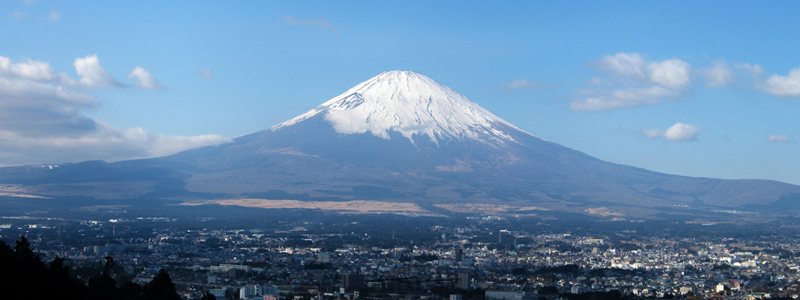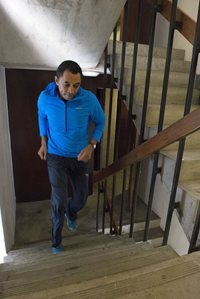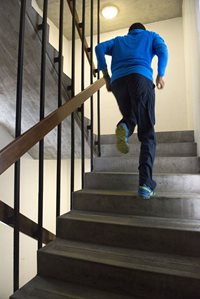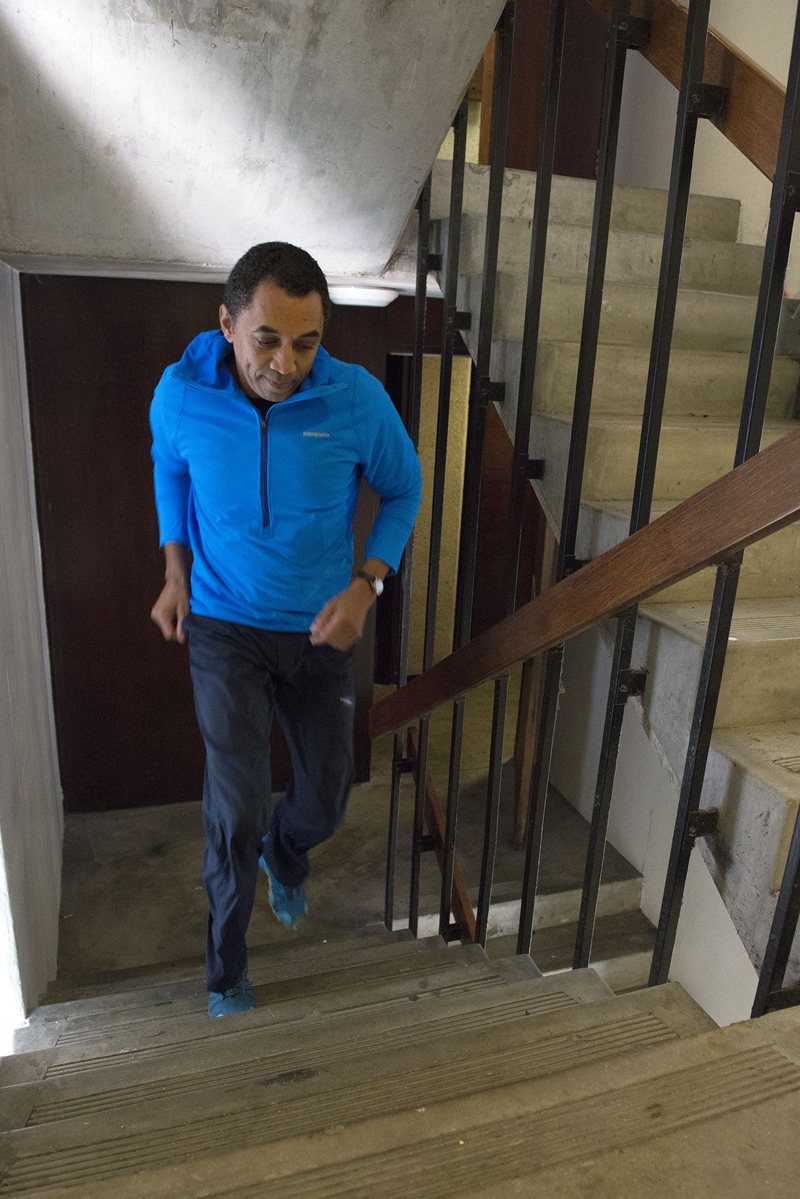Shaping up for Fuji
A Japanese proverb says, “He who climbs Mount Fuji is a wise man, but he who climbs it twice is a fool.”
It’s all in the preparation they say.
When climbing a mountain in reaching the summit, the climb is only half done.
In the case of Mount Fuji, the hard part seems to be in the descent of three to four hours which is twice as fast as the climb of up to eight hours.
The trail leading down is steep and made up of loose rock and pebbles, a hazard for slipping and falling flat on your back or face forward. Your leg muscles are therefore put to the test against the steep slopes.
The ascent to the summit does not pose any major difficulties regarding climbing skills apart from some points on the terrain which are rather steep and rocky.

Altitude challenge
One of the main challenges of the climb is that the air gets notably thinner as you gain altitude.
High winds, cold temperatures (below freezing at the summit) and sleet occur frequently during the rainy season. It is possible to suffer from exposure, exhaustion, and frostbite, despite having rain gear and warm clothing.
Altitude sickness occurs when the cells in your body don’t get enough oxygen. Nausea, chest aches and dizziness often occur when climbers rush ahead while on the lower, less steep areas of the mountain.
The result is improper adjustment to higher elevations, oxygen depletion and muscle cramps. The increased atmospheric pressure at the summit causes people to need more oxygen than the 21 per cent available at the summit.
The fitter you are the more effectively you can acclimatise to altitude.
A minimum of one month training preparation is recommended using a variety of exercises simulating climbing. Climbers are advised to start off slowly to prevent injuries with daily exercising of 30 to 60 minutes with more lengthy periods over weekends.
The easiest way to curb altitude sickness is to have a small oxygen container for sale relatively cheap in sport stores in Japan.
Physical preparation
Prof Swartz’s should carry no more than 2.2 kilogram on his back since a heavy pack will overtax him and cut off blood circulation to the limbs. Less weight also means better balance.
Enough rest and nutrition before climbing are emphasised as well as taking breaks along the way.
A summer day at the base town is a winter day at the peak: the temperature at the peak during the season is below five degrees Celsius and rain, wind and sudden snowfalls can lower the temperature at any time.
Take your time, as frequent short breaks are better than longer breaks. Keep steps short, and keep your weight centered over your leg. Stay hydrated.
Climbing hills and stairs, running and cycling, circuit training, aerobic classes, swimming, and boxing and martial arts are all recommended to maximise strength and endurance.
And in the Vice-Chancellor’s case it is climbing and descending to his office on the 18th floor of the main building at NMMU - here's the proof...


